How Robotics in Agriculture is Transforming Farming Today
Introduction
Robotics in agriculture is a rapidly growing field that combines advanced technology with farming practices. This innovation aims to enhance the efficiency, productivity, and sustainability of agricultural operations. In this article, we’ll explore what agricultural robots are, their various applications, benefits, challenges, and the future trends shaping this exciting industry. Let’s dive into the world of agricultural robotics and understand how they are transforming the way we produce food.
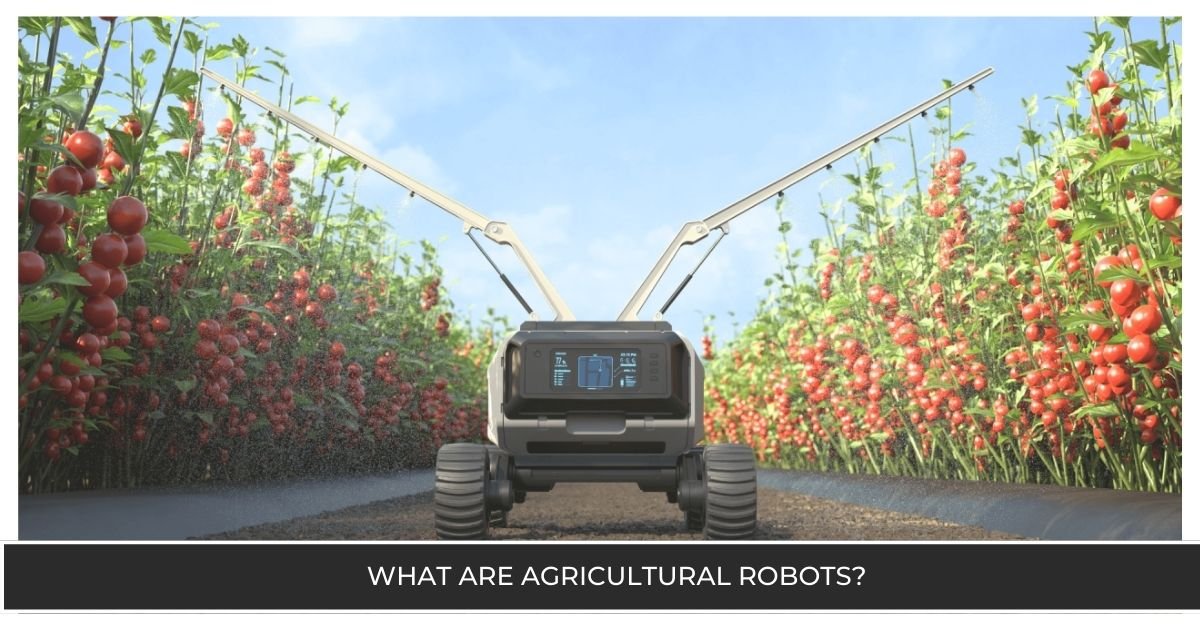
What are Agricultural Robots?
Agricultural robots, also known as agri-robots, are autonomous machines designed to perform various farming tasks. These robots come in different types, each with specific functions to aid farmers. Here are some common types of agricultural robots:
- Field Robots: These robots navigate fields to plant seeds, monitor crops, and manage soil.
- Harvesting Robots: Designed to pick fruits and vegetables, these robots improve harvesting efficiency.
- Planting Robots: These machines automate the planting process, ensuring precise seed placement.
- Weeding Robots: These robots identify and remove weeds, reducing the need for chemical herbicides.
- Irrigation Robots: These systems manage watering schedules and ensure optimal water usage.
Each type of robot has unique features and functionalities tailored to specific agricultural tasks, making farming operations more efficient and less labor-intensive.
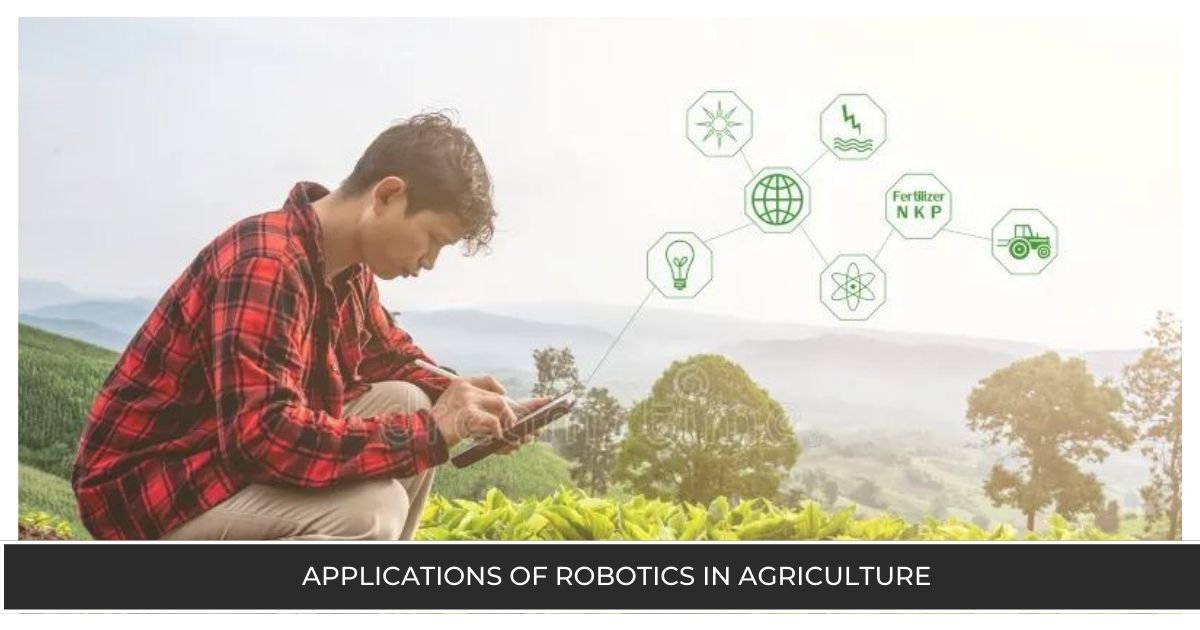
Applications of Robotics in Agriculture
Agricultural robots are used in various applications, revolutionizing traditional farming methods. Here are some key applications:
- Precision Agriculture: Robots use sensors and data analytics to monitor crop health, soil conditions, and weather patterns. This information helps farmers make informed decisions about planting, fertilizing, and harvesting.
- Crop Monitoring and Analysis: Drones and ground-based robots scan fields to detect diseases, pests, and nutrient deficiencies. This early detection allows for timely interventions, improving crop yield and quality.
- Soil Analysis and Management: Robots collect soil samples and analyze their composition. This data helps farmers manage soil health, ensuring optimal conditions for plant growth.
- Autonomous Tractors and Machinery: These robots perform tasks like plowing, planting, and harvesting with minimal human intervention, increasing efficiency and reducing labor costs.
- Livestock Monitoring and Management: Robots monitor animal health, manage feeding schedules, and even assist with milking. This automation improves animal welfare and farm productivity.
- Drones in Agriculture: Drones provide aerial views of fields, helping farmers monitor large areas quickly and efficiently. They are used for crop spraying, mapping, and assessing field conditions.
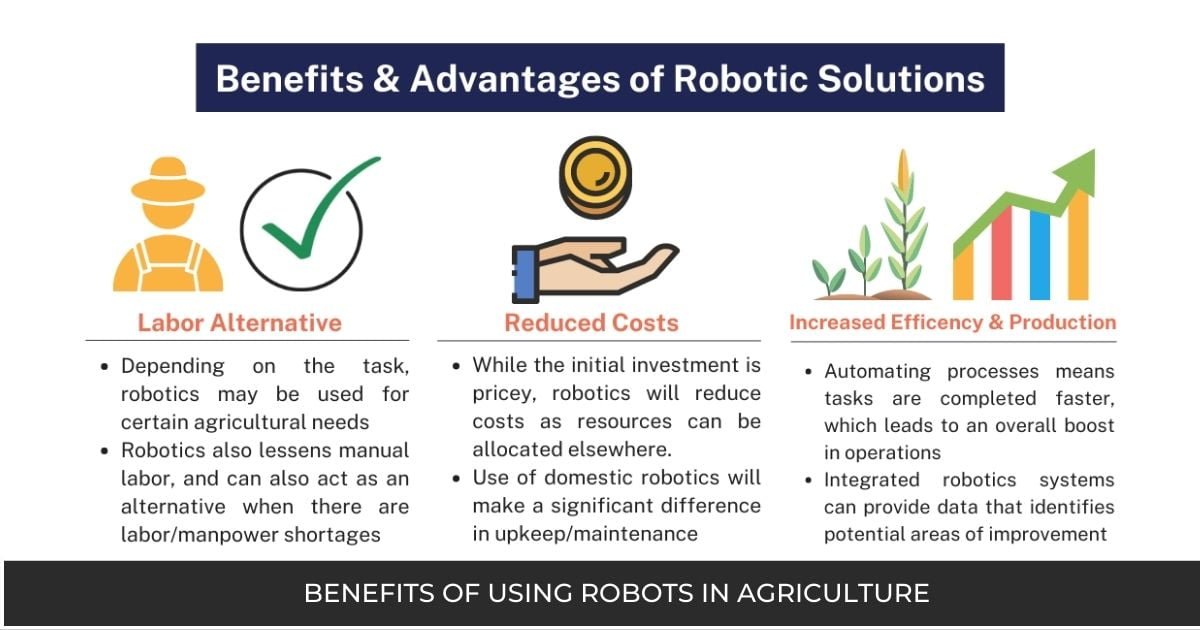
Benefits of Using Robots in Agriculture
The adoption of robotics in agriculture offers numerous benefits:
- Increased Efficiency and Productivity: Robots can work around the clock, performing repetitive tasks faster and more accurately than humans. This leads to higher productivity and better resource utilization.
- Reduction in Labor Costs: With robots handling labor-intensive tasks, farmers can reduce their reliance on human labor, leading to significant cost savings.
- Improved Crop Quality and Yield: Precision farming techniques and timely interventions improve crop health, resulting in better quality produce and higher yields.
- Enhanced Sustainability and Reduced Environmental Impact: Robots optimize the use of water, fertilizers, and pesticides, reducing waste and minimizing the environmental footprint of farming activities.
- Data Collection and Analysis for Better Decision-Making: Robots gather vast amounts of data, providing farmers with insights into crop and soil conditions. This data-driven approach helps in making informed decisions that enhance farm productivity.
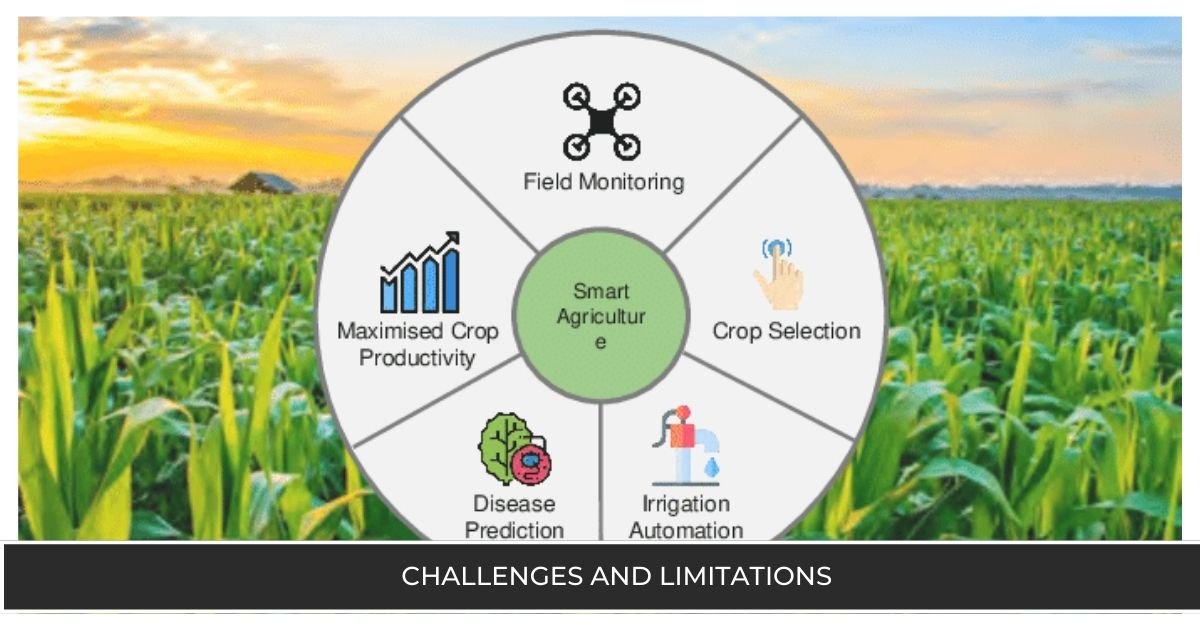
Challenges and Limitations
Despite the many benefits, there are challenges and limitations to the widespread adoption of agricultural robots:
- High Initial Investment Costs: The upfront cost of purchasing and implementing robotic systems can be prohibitive for small and medium-sized farms.
- Technical Challenges and Maintenance: Agricultural robots require regular maintenance and technical expertise to ensure smooth operation. This can be a barrier for farmers with limited technical skills.
- Skills Gap and Training Needs: Farmers need to be trained to operate and maintain robotic systems. Bridging this skills gap is essential for successful adoption.
- Ethical and Social Implications: The use of robots in agriculture raises ethical questions about job displacement and the impact on rural communities.
- Regulatory and Safety Concerns: Ensuring the safety of robots and complying with regulations can be challenging, especially as technology evolves.
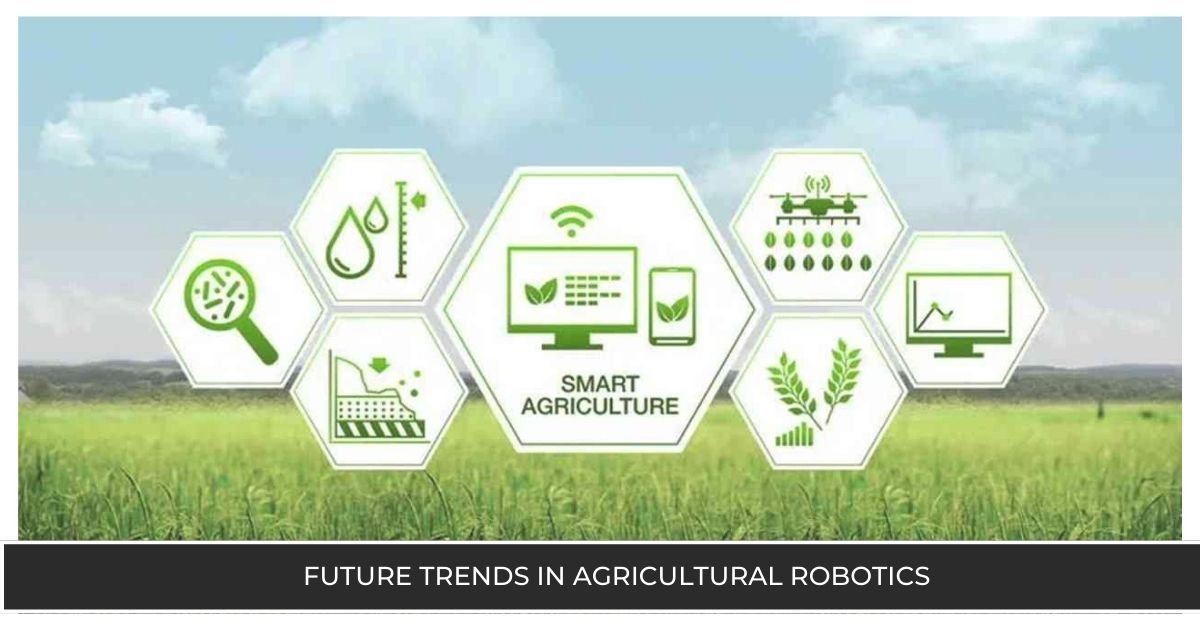
Future Trends in Agricultural Robotics
The future of agricultural robotics looks promising, with several trends shaping the industry:
- Advancements in AI and Machine Learning: These technologies will enhance the capabilities of agricultural robots, enabling them to learn from data and improve their performance over time.
- Integration with IoT and Smart Farming: Combining robotics with the Internet of Things (IoT) will create smart farming systems that are more efficient and responsive to changing conditions.
- Development of Multi-Functional Robots: Future robots will be able to perform multiple tasks, reducing the need for separate machines and simplifying farm management.
- Expansion in Developing Countries: As technology becomes more affordable, developing countries will adopt agricultural robots to improve food security and farming practices.
- Collaboration with Biotechnology: Integrating robotics with biotechnological advancements will lead to more resilient crops and innovative farming techniques.
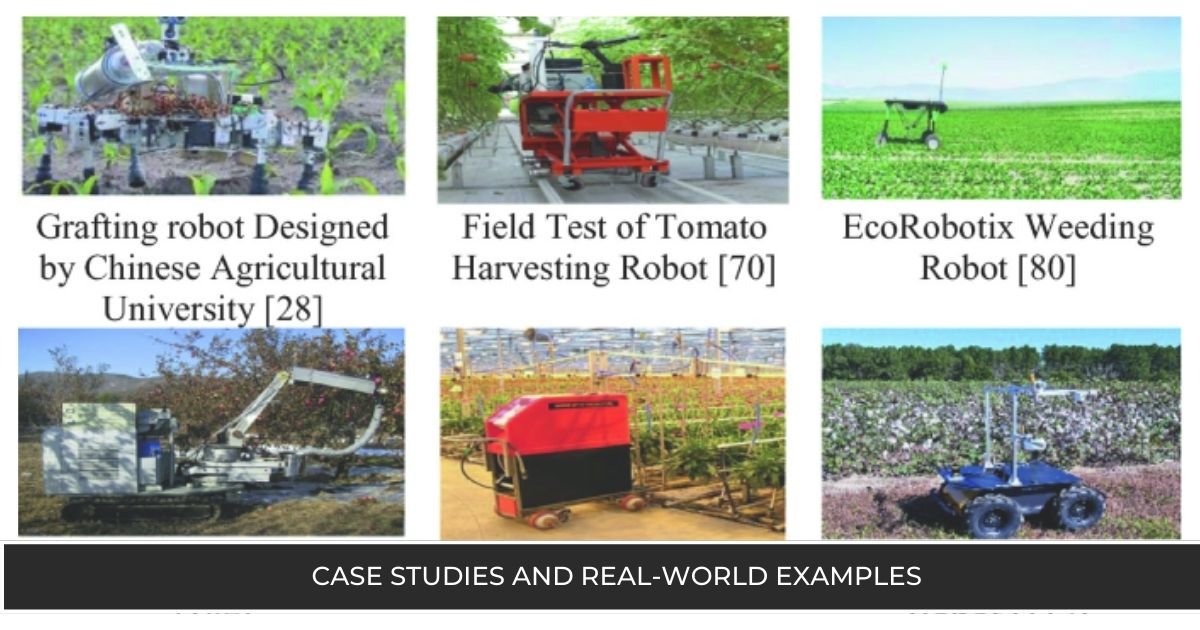
Case Studies and Real-World Examples
Several successful implementations of agricultural robots showcase their impact on farming:
- Large-Scale Farms: Companies like John Deere and CNH Industrial are developing autonomous tractors and harvesters that are transforming large-scale farming operations.
- Small-Scale Farms: Startups like FarmBot are creating affordable robotic systems for small farms, enabling them to benefit from automation.
- Innovations in Drones: Companies like DJI are providing drones that help farmers with crop monitoring, spraying, and mapping.
These examples highlight how agricultural robots are making a difference across different scales of farming.
The Role of Robots in Agriculture: Transforming the Future of Farming
Conclusion
Robotics in agriculture is revolutionizing the way we produce food, offering numerous benefits such as increased efficiency, reduced labor costs, and improved crop quality. However, challenges like high initial costs and technical complexities need to be addressed. The future of agricultural robotics looks bright, with advancements in AI, IoT, and biotechnology driving further innovation. As we continue to explore and adopt these technologies, the agricultural industry will become more sustainable, productive, and resilient.
Frequently Asked Questions (FAQs)
- What is the role of robotics in agriculture?
Robotics in agriculture automates various farming tasks, improving efficiency, productivity, and sustainability. - How do agricultural robots work?
Agricultural robots use sensors, cameras, and AI to perform tasks such as planting, monitoring, and harvesting crops autonomously. - What are the benefits of using robots in agriculture?
Benefits include increased efficiency, reduced labor costs, improved crop quality, enhanced sustainability, and better decision-making through data analysis. - What are the challenges faced by agricultural robots?
Challenges include high initial costs, technical maintenance, skills gap, ethical implications, and regulatory concerns. - What does the future hold for agricultural robotics?
The future will see advancements in AI, IoT integration, multi-functional robots, adoption in developing countries, and collaboration with biotechnology.
References and Further Reading
- Precision Agriculture Technology for Crop Farming
- The Role of AI in Agriculture
- Benefits and Challenges of Agricultural Robots
By understanding and embracing the potential of robotics in agriculture, we can look forward to a more efficient, sustainable, and productive future in farming.
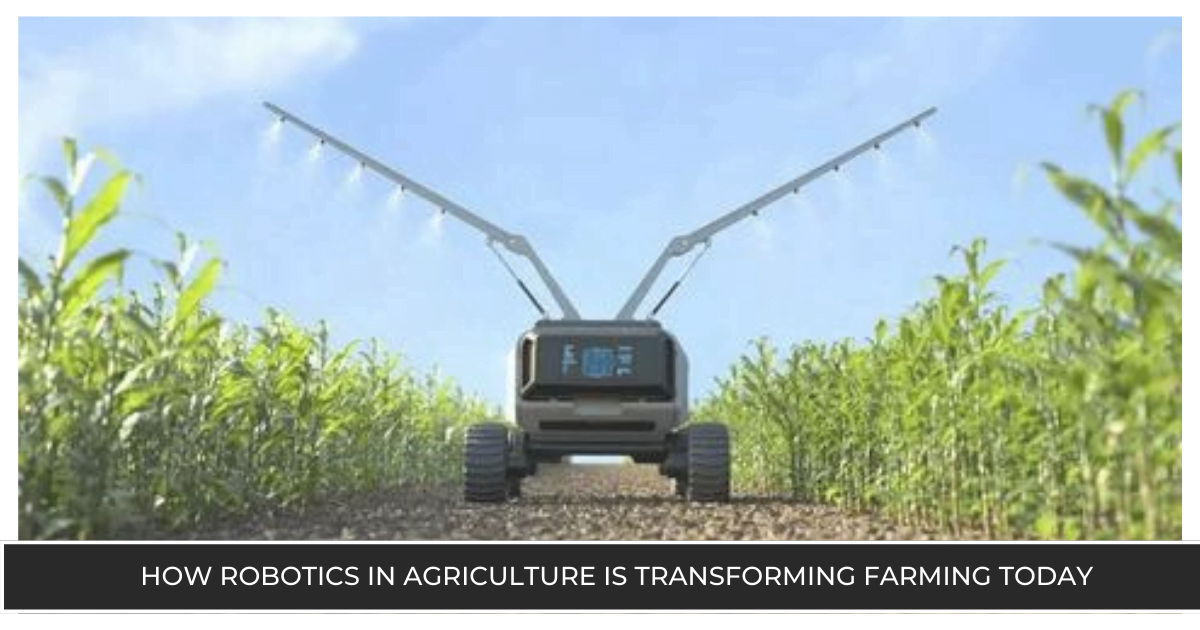
1 thought on “How Robotics in Agriculture is Transforming Farming Today”